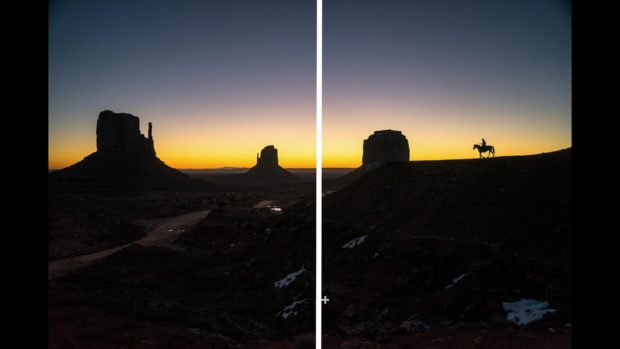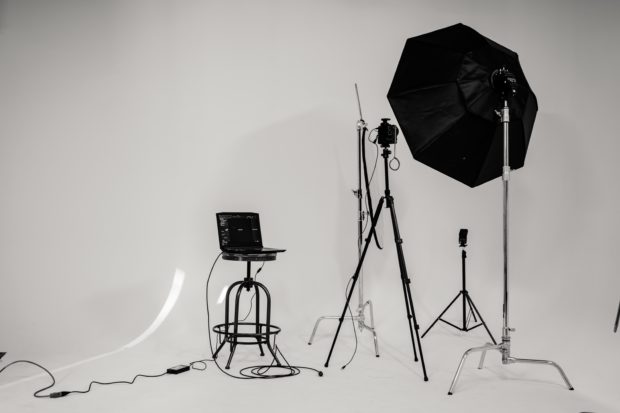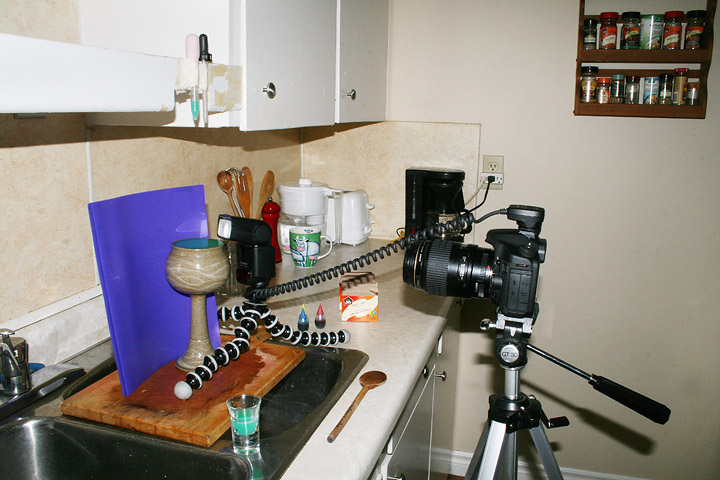World renowned adventure photographers Ian Shive, Chris Burkard and John Greengo share advice and ideas to improve your outdoor photography.
1: Be Prepared: Practice Close to Home
As an adventure photographer, chances are there’s going to be some level of travel required to capture the shots you’re hoping to get. You might be hiking to a beautiful vantage point, swimming to capture a surfer in action, driving windy backroads through dense forest or jungle to capture wildlife habitats, etc. Along this journey, it’s inevitable that mistakes will happen, and unexpected obstacles will arise. Ian Shive’s advice: practice close to home, before you spend your money on a plane ticket.
Being prepared and controlling the things you can will help you handle these obstacles more efficiently when they come up. Create a checklist, make sure you have all your gear laid out or pre-packed. Study the route of where you’re going. Be proactive in your planning and think through what will be needed. And most importantly, if you’re going to be in the backcountry, tell someone where you’re going. When things go sideways and unexpected variables get thrown into the equation, at least you’ll know you’ve covered all your bases in terms of the things that you can control.
2. Embrace Your Unique Perspective
Landscape photographers are drawn to the most iconic and famous landmarks and natural features. The challenge is that these places have witnessed hundreds or thousands of photographers. This is when self-doubt creeps in. When you look at all the millions of photos that have already been captured, it’s natural to wonder if what you have to offer is really that unique or interesting. But as John Greengo shares in his class, Nature and Landscape Photography, “your perspective is unique.” Your ideas matter. If you are leaning into your own creative ideas and inspiration, it will come across in your work. Comparison to others is important when it comes to knowing what’s out there and what the competitive landscape consists of – but it should not discourage you from shooting the world the way you see it – there’s only one you.
3. Authentic, timeless images
A theme in all three classes (linked below) is, how do you shoot timeless, authentic images? Both Ian Shive and Chris Burkard share tactics for how they approach this.
Ian recommends avoiding eye-level photography. In order to catch someone’s eye with a photograph, it helps to provide a different perspective than what most people are experiencing daily. Subtle changes can make a huge difference. Give the world a different perspective than what they’re used to.
Chris suggests shooting in strong lighting scenarios, capturing silhouettes and avoiding distinguishing things like logos. People are more likely to emotionally connect with your images if the subject is not easily identifiable.
4. Shoot Hand-Held, then Slow Your Process Down
According to Ian Shive, “The tripod is not a tool for composition.” By keeping your camera attached to the tripod you’re limiting yourself and the set-ups you’re likely to look for. The solution is to shoot hand-held, run and gun style, then slow your process down by getting out your tripod, filters, changing lenses, etc. You don’t have to commit to a specific composition right away.
5. Have a Strategy, Think Editorially
“I’ll figure it out when I get there.” It can be easy to fall into a lackadaisical attitude when it comes to preparation. You might think the inspiration will come through when you’re on location, experiencing what the place has to offer. While this might be true, it should be looked at as an added bonus to a well thought-out strategy and a plan. What exactly are you hoping to capture? How and where the photo will be displayed will inform the way you shoot. As Chris Burkard says, think editorially. What would a magazine put on their cover? Send variations. Shoot as many different variations as you can within the parameters that you set out to capture.

6. Environment-specific
Before you head out on your adventure, do some research on the types of photos you’re wanting to capture. If you’re shooting a river or a waterfall – what shutter speed will you be using to capture it most effectively? What is the ideal lighting for where you’re going? Capture as many tips and tricks for photographing the specific environment you’re capturing before you go out to shoot.
John Greengo’s class has lessons for specific environments. For example, when it comes to shooting waterfalls, “the bigger the waterfall, the faster the shutter speed.” See example below.

7. Include an Identifiable Natural Element
There’s value in being able to identify the location of the shot. Where are you in the world? What stands out in your image that the viewer can identify and relate to? From an editorial standpoint, this is extremely important in creating a sense of place for the viewer.
Keep these tips in mind when you’re setting out on your next adventure photography trip.





